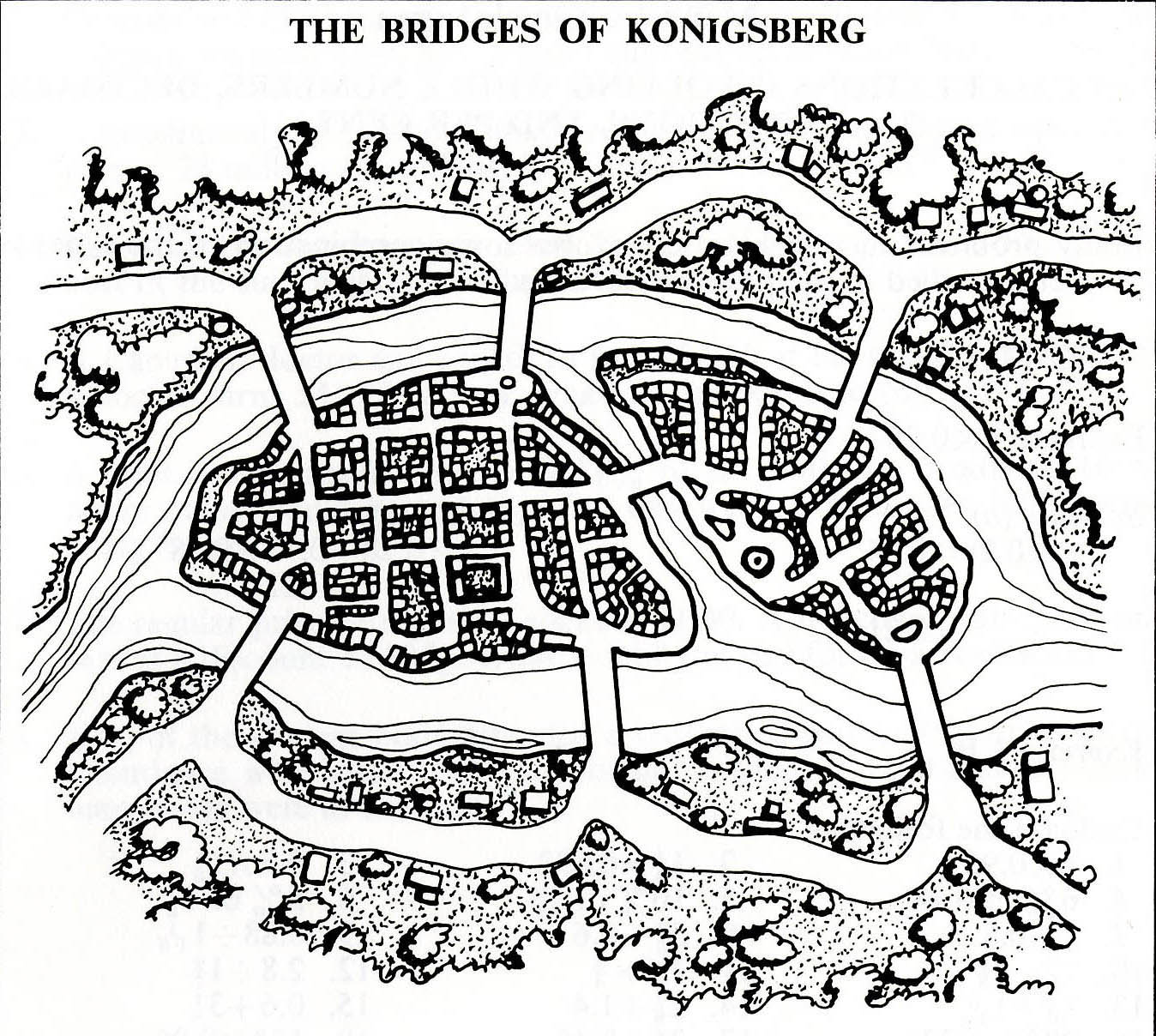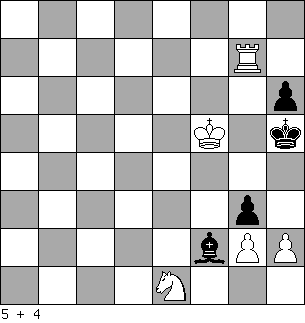Sometimes math can seem like a series of meaningless numbers, letters, and endless formulas. Throughout history, math has been taught in the form of games. These games would use a mathematical idea, so the player was doing math without even realizing it! The games are a great way to introduce a complex idea, in a practical and fun way.
You can try the games below for yourself.
Icosian Game
The Icosian Game was invented by mathematician, William Hamilton, in the 1800s to demonstrate the idea of graph theory. The game shows that it is possible to draw a path in a graph that touches every vertex or point of a shape only once. While it may seem like a simple connect the dots exercise, the math behind it is an algebraic code.
Tower of Hanoi
The Tower of Hanoi appears to be a simple game of moving blocks from post A to post C without laying larger blocks on top of their smaller counterparts. However, it is indeed a math problem and one that can be solved using various forms of math. Solutions have been found using the recursion method commonly used in computer science, a binary solution, or the iterative method where a sequence of movements is established.
The Konigsberg Bridge Problem
The Konigsberg Bridge Problem was created by Leonhard Euler in 1736. The game marks the beginning of the study of graph theory and topology.

Mathematics Skill Building (page 15)
"The ancient city of Konigsberg was built upon a river containing two large islands. The islands were connected to the remainder of the city by seven bridges. A popular Sunday afternoon pastime for the people of Konigsberg was trying to cross the seven bridges in one continuous wall without re-crossing one of them. Could you do it?"
Charles XII Chess Problem
This problem was created by 19th century chess player Sam Loyd, who was also a popular puzzle creator. Read the excerpt below and see if you can figure it out. The solution to this problem is explained in detail in a YouTube video (from 9:26 to 20:00).
"It seems that in 1713, when Charles XII of Sweden was besieged by the Turks at his camp in Bender, the king often passed the time by playing chess with one of his ministers. On one occasion, when the game reached the situation depicted in Figure 40, Charles (playing white) announced a checkmate in three moves. At that instant a bullet shattered the white knight. Charles studied the board again, smiled, and said he did not need the knight because he still had a mate in four moves. No sooner had he said this than a second bullet removed his pawn at king’s rook 2. Unperturbed, Charles considered his position carefully and announced mate in five. The story has a topper. Years later a German chess expert pointed out that if the first bullet had destroyed the white rook instead of the knight, Charles still would have had mate in six. Chess-playing readers may enjoy tackling his remarkable four-part problem."
Figure 40

The Scientific American Book of Mathematical Puzzles and Diversions (pg. 85)
Sam Loyd's Trick Donkeys
Sam Loyd's Trick Donkeys has been very popular since its creation by Sam Loyd in 1858, the player has to rearrange the jockeys to ride the horses at the same time to solve the problem. The solution uses both geometry and logic.